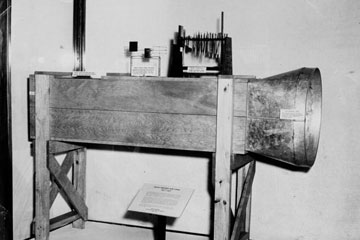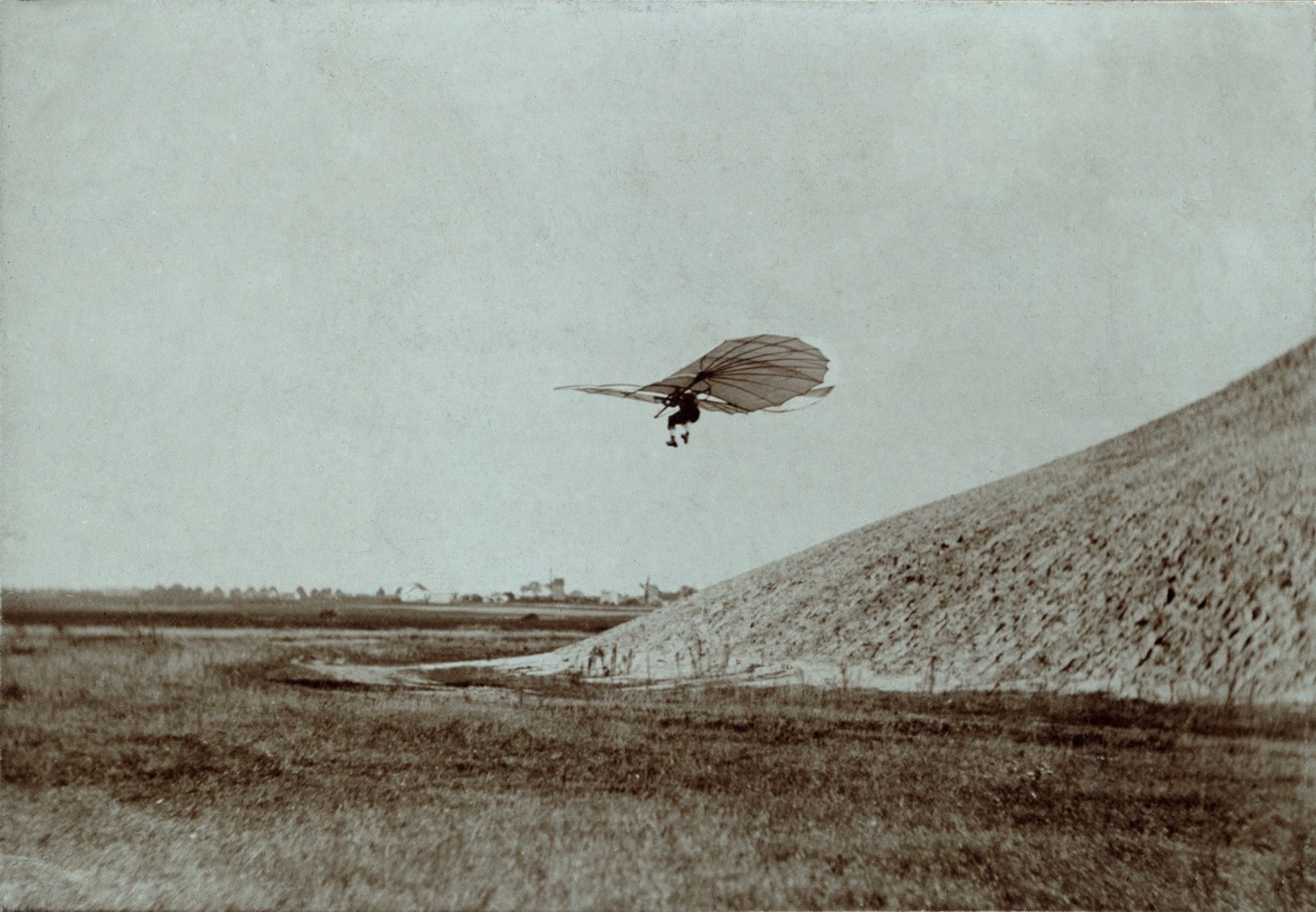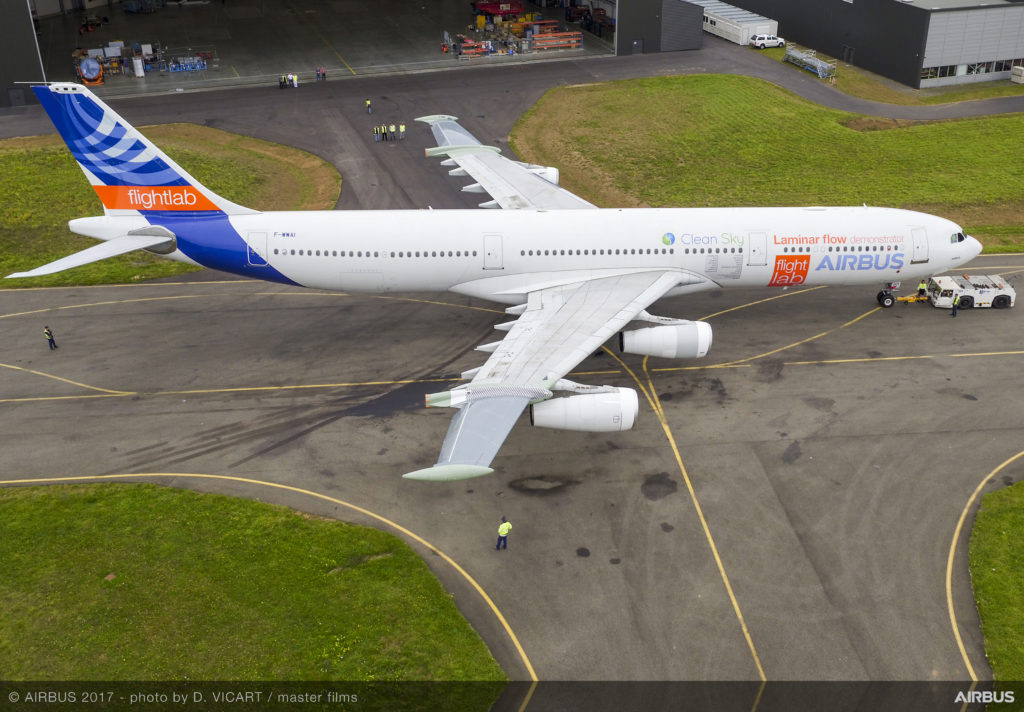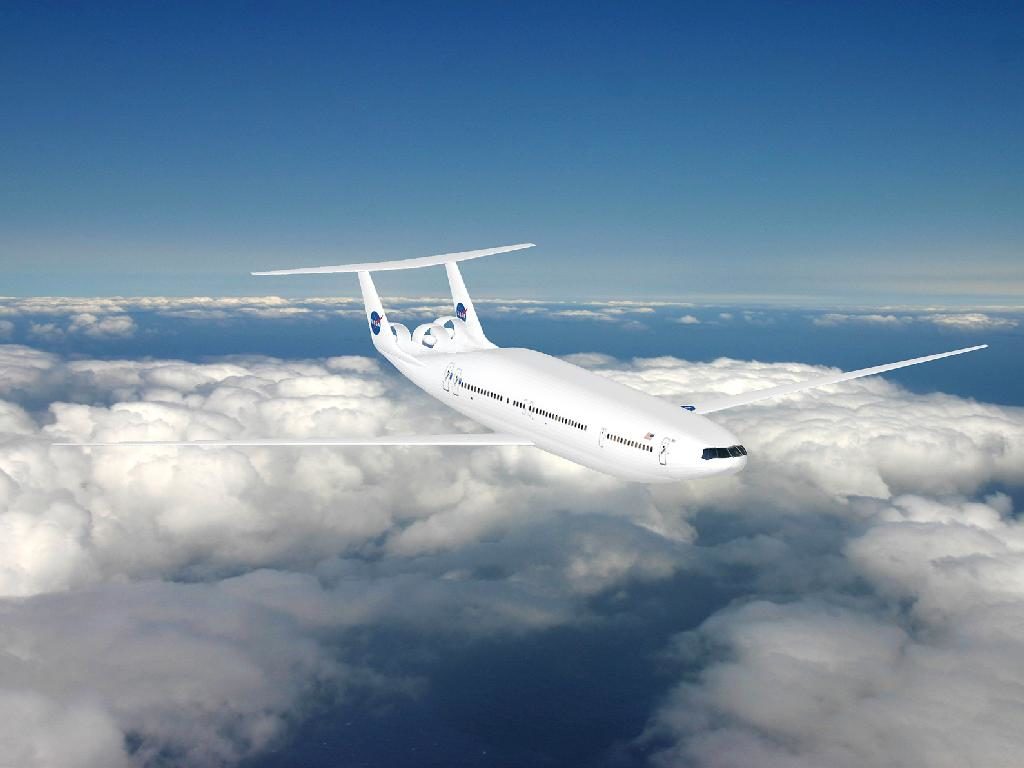Leeham News and Analysis
There's more to real news than a news release.
Bjorn’s Corner: Aircraft drag reduction, Part 4
October 27, 2017, ©. Leeham Co: In this and the following Corners, we will review the competition for first manned flight between Samuel Langley, high ranking scientist of Allegheny Observatory in Pittsburgh, and the Wright Brothers, bicycle manufacturers in Dayton, (OH).
We described in the last Corner how Langley researched airfoil characteristics with a giant whirling arm, built beside the Observatory. The Wright Brothers went another route; they built a wind tunnel in their workshop.
Bjorn’s Corner: Aircraft drag reduction, Part 3
Nov. 3, 2017, ©. Leeham Co: In the previous Corner, we described how the aeronautical pioneers gradually uncovered what held them back from flying their gliders and airplanes successfully.
They knew they needed lift to fly. And to generate lift, birds taught them wings were needed. What they didn’t understand was why their winged contraptions lost speed and crashed when they threw themselves out from hills or towers. They didn’t understand the relationship between lift and drag.
Bjorn’s Corner: Aircraft drag reduction, Part 2
October 27, 2017, ©. Leeham Co: After a detour over Airbus’ A330neo first flight last Friday, we now continue with aircraft drag. We divided drag in two classes last time: drag from size and drag from weight.
These drag effects were not discovered at the same time. To make it more informative, we will mix in how aircraft designers uncovered these drag types over time. It took them centuries to understand what held their flying devices back.
Bjorn’s Corner: Airbus A330neo flight test starts
October 20, 2017, © Leeham Co, Toulouse: The Airbus A330neo flew its first flight yesterday. The aircraft lifted off from Toulouse Blagnac Airport in front of invited airline customers, suppliers and media. It landed after a successful four-hour mission.
We’ll take the opportunity to look at the A330neo changes and its flight test program. We also look at the drag reducing changes from A330ceo to A330neo.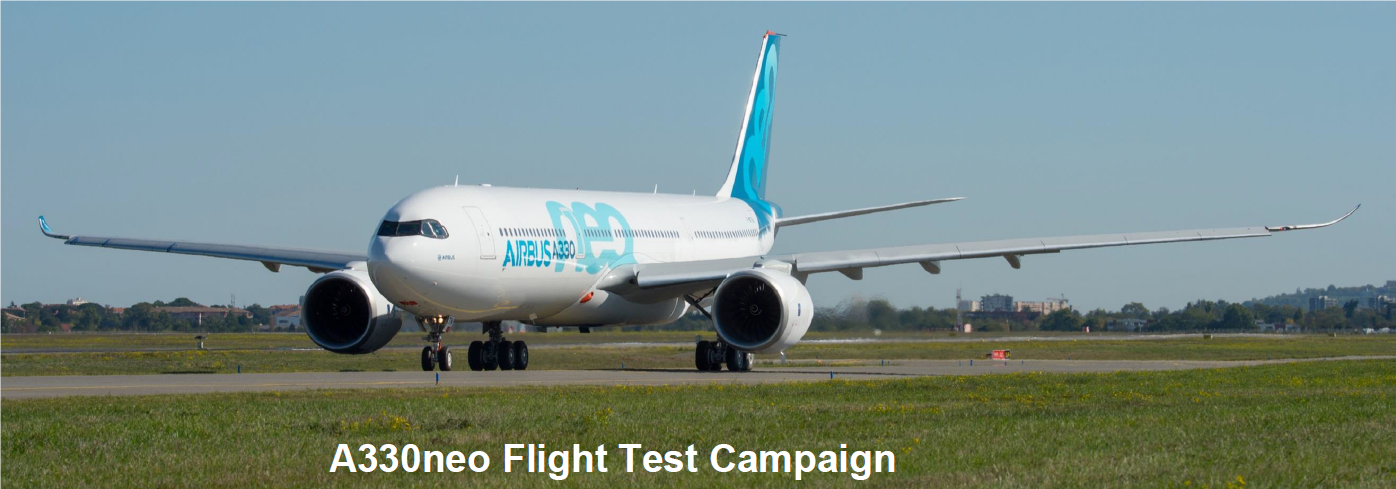
Read more
Bjorn’s Corner: Aircraft drag reduction
October 06, 2017, ©. Leeham Co: In the last several Corners, we wrote about research around laminar flow for aircraft. It’s research to lower the aircraft’s drag. Why is this important? How large are the different drag types and what can be done about them?
To find out, we will spend some Corners looking into the drag of an aircraft and what is done to optimize the drag for different aircraft types.
Bjorn’s Corner: Laminar flow aircraft, Part 2.
October 06, 2017, ©. Leeham Co: We introduced the Airbus “Blade” laminar flow research program in the last Corner. Now we continue to look into what this research is all about.
We will explain the difference between laminar and turbulent flow (really, laminar and turbulent “boundary layer” flow) and discuss some of the work that has been done with laminar flow structures.
Read more
Bjorn’s Corner: Laminar flow aircraft
September 29, 2017, ©. Leeham Co: Airbus flew its “Blade” laminar flow research aircraft for the first time this week. It’s a project in the European Clean Sky research program.
The “Blade” aircraft is a modified Airbus A340-300, where the outer wings have been replaced with special laminar flow wing sections. We will spend a couple of Corners to understand why this research is done and why it’s important.
Read more
Bjorn’s Corner: Electric aircraft, Part 13
September 22, 2017, ©. Leeham Co: After 12 articles about electric aircraft, it’s time to wrap up. We will go through what we have learned and discuss future developments.
Our designs were aimed for the next decade and the result was sobering. Electric aircraft have important challenges to traverse. As had electric cars, and they have turned the corner.
Bjorn’s Corner: Electric aircraft, Part 12
September 15, 2017, ©. Leeham Co: Last week we compared the energy economics of our 10-seater electric commuter to an equivalent commuter with gas turbine power.
Now we dig a bit deeper in the operational costs of the two aircraft. Is the electric commuter cheaper to operate over short sectors than a gas turbine driven variant? For the energy costs, it could be the fact. What about other operational costs?
The commuter designs we discuss would be similar to the Zunum Aero 10-seater commuter in Figure 1.
Bjorn’s Corner: Electric aircraft, Part 11
September 8, 2017, ©. Leeham Co: After our definition of an-all electric 10-seater for Ultra short-haul flying in last Corner, we now compare its economics to a gas turbine propelled design.
Our designs have the Zunum Aero 10-seater commuter in Figure 1 as reference.



